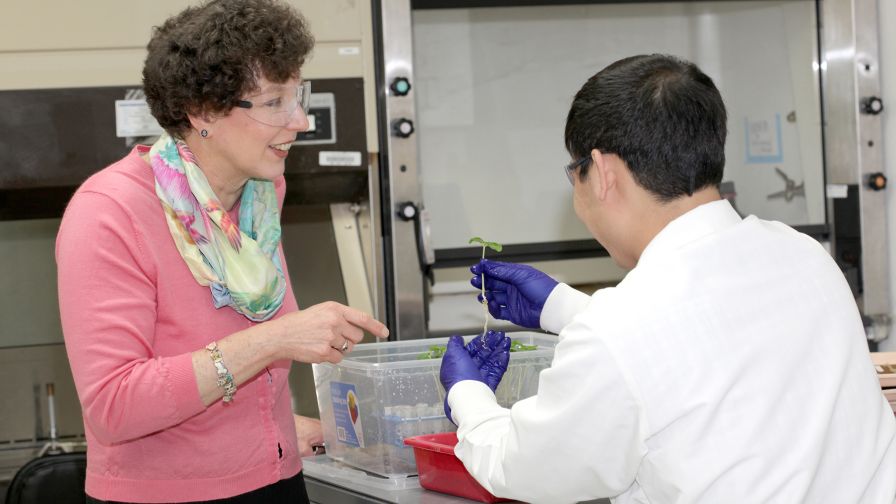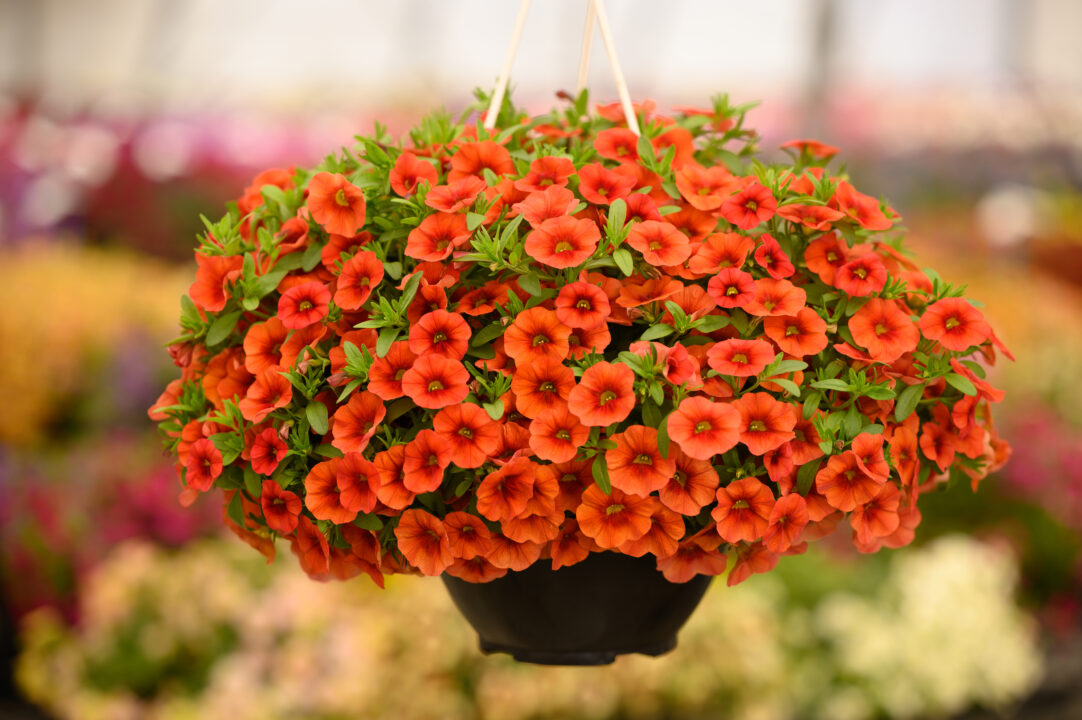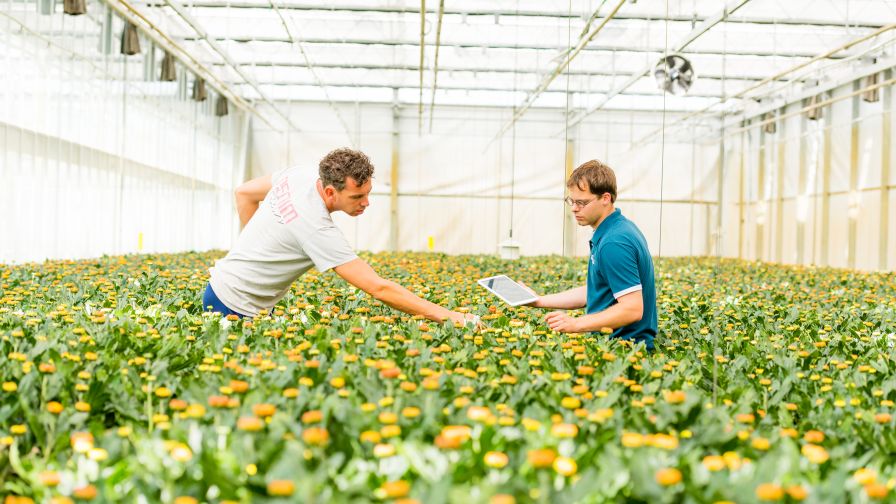Why Superior Performance Is Driving Increased Use of Biologicals
 During the 2022 BiocontrolsSM USA Conference & Expo earlier this year, Pam Marrone, CEO of Chestnut Bio Advisors in Davis, CA, predicted that within 20 years, sales of biological products would equal those of more traditional synthetics. Asked if she would elaborate on her prediction, Marrone says there are many reasons, but it all gets down to the one thing growers care about: Performance.
During the 2022 BiocontrolsSM USA Conference & Expo earlier this year, Pam Marrone, CEO of Chestnut Bio Advisors in Davis, CA, predicted that within 20 years, sales of biological products would equal those of more traditional synthetics. Asked if she would elaborate on her prediction, Marrone says there are many reasons, but it all gets down to the one thing growers care about: Performance.
As more growers adopt biologicals, they will learn these new products can outperform synthetics in the field, which Marrone says they absolutely will. Not only that, biologicals are superior for many reasons, and she says as that superiority becomes more evident, a sea change in crop protection is coming.
Marrone sat down recently for an interview with the host of the annual Biocontrols Conference, Meister Media Worldwide, in a conference room at Marrone Bio Innovations, which she founded in 2006, and where she remains on the board of directors. A true serial entrepreneur who founded lasting companies — her first, AgraQuest, was acquired by Bayer CropSciences — she’s now CEO of Chestnut Bio Advisors.
It may seem hard to grasp now, with biological products having just 5% of the market, how much agriculture will change in the coming two decades, Marrone says. A lot of it just has to do with the numbers. She notes the relative cost to develop a new synthetic product is now estimated at $300 million, so it’s no wonder there is just a new product or two approved each year. Compare that to the 20 to 30 promising new biological products being developed annually — thoroughly tested products, a far cry from some of the unproven biologicals of yesteryear — at a relative pittance compared to their chemical counterparts and in a greatly reduced time frame.
Read an extended conversation with Marrone in the which is part of Meister Media Worldwide’s recent Biological Crop Protection report, here.









